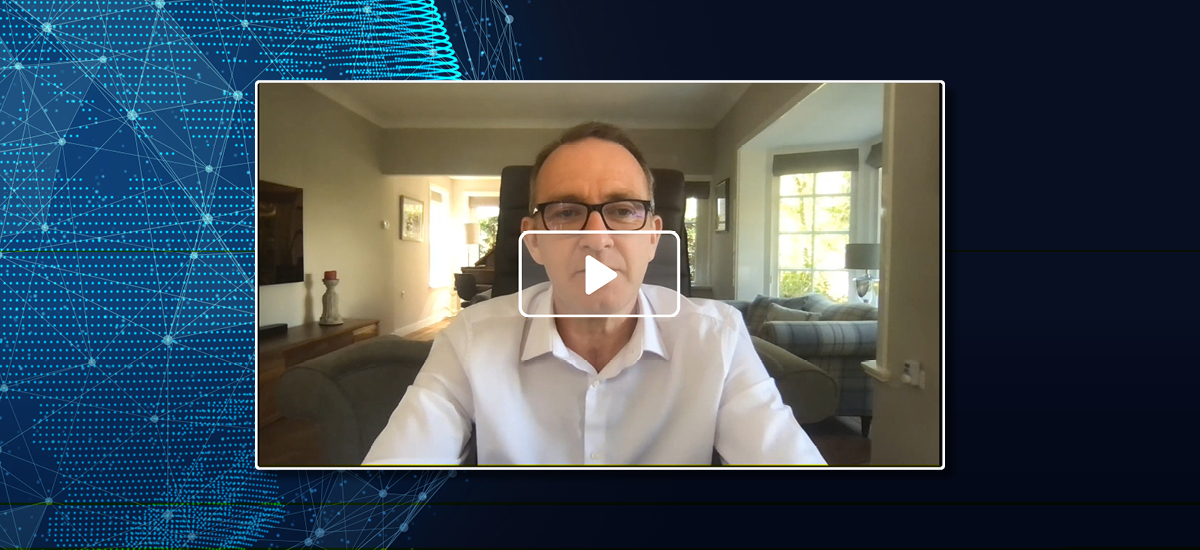Inclusion of Sustainable Aviation Fuel (SAF) in EU’s Net-Zero Industry Act only the first step in developing world leading SAF industry in Europe
- Sustainable Aviation Fuels (SAFs) key to reaching net zero
- European aviation industry hails the inclusion of SAF as a strategic decarbonisation technology in the EU’s Net Zero Industry Act (NZIA)
- This is a prerequisite to pave the way towards the development of a strong, globally competitive EU SAF market, which in turn will be crucial in delivering on the updated EU 2040 climate ambitions
- But further action by policymakers is needed
Brussels, 8 February 2024 – Reacting to the inclusion of SAF as a ‘strategic net zero technology’ under the EU Net Zero Industry Act, the five leading European aviation associations representing Europe’s airlines, airports, civil aeronautics industry and air navigation service providers – which are close partners through the DESTINATION 2050 alliance – are calling on EU policymakers to go further to ensure Europe develops a world leading SAF industry that will be crucial for European aviation to reach net zero carbon emissions by 2050 in line with EU climate ambitions.
The inclusion of SAF in the NZIA is all the more timely following the release of the EU’s recommendation to update the 2040 climate targets this week. The European Commission’s communication recommending the new target expressly recognised the need to address barriers to SAF deployment at scale, giving the aviation sector priority access to feedstocks and putting incentives in place to close the price gap between SAF and conventional kerosene. SAFs are a crucial component that will enable European aviation to accelerate its decarbonisation, in full alignment with the bloc’s ambitious climate agenda.
The international race to become a SAF leader has started and further policy incentives to scale up the production and uptake are required for Europe to become a leader in the global competition for SAF. These include the extension of the SAF flexibility mechanism beyond 2034; the extension of the current 20 million allowances threshold and 2030 time-limit under the SAF allowances mechanisms; increased financial support for development of SAF, including through the Innovation Fund, as well as simplifying the administrative procedure for accessing these funds.
